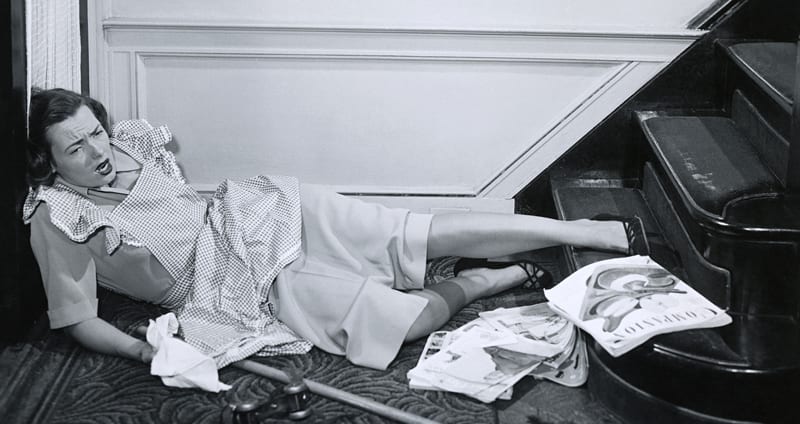
The most common reasons that older people are admitted to hospital are falls and accidents that have occurred in the home.
According to Queensland Health, in that state alone at least one in four people over 65 have a fall each year. Over 40 % have multiple falls and over 30 % of those who fall require medical attention as a result
Falls are often the beginning of the end of an older person’s independence. A fall at home can lead to a lengthy stay in hospital and a permanent move to an aged care facility.
Avoiding falls and accidents in the first place is key to ensuring loved ones can age in place in their homes and in their communities.
Bernard’s mother Maria was an independent 83 year old living in a townhouse. She had been living there alone since the death of her husband ten years earlier.
One night she found herself stuck in her bathtub. After her bath she couldn’t muster the strength to get herself out and remained there for four hours.
“It was very traumatic for my mother at the time and for all of us after the event knowing she had spent so many hours stuck in the bath unable to get out.”
Bernard knows that a simple change to her routine such as encouraging her to shower on a chair or making sure she had an alarm call on her always to call for help would have made all the difference.
“After that incident my mother really lost confidence in herself and she had a fall very soon after, it was downhill from there.”
Deb Burman, aged care expert at Careseekers notes “Falls are the most common cause of serious injury for older people. Broken bones resulting from falls can cause reduced mobility and complications affecting overall quality of life. Even minor falls can undermine an older person’s confidence, making it increasingly challenging for them to continue living independently in their own home. The majority of falls could be prevented with a few simple changes around the home.”
Careseekers has created a free Home Safety Checklist to help you make your loved ones home as safe as possible. It should only take an hour or two to go through the checklist and will ensure the home is safe as possible for an older person. It is aimed at making the home safe for people who have common health issues associated with ageing such as eyesight or hearing loss or difficulties with balance.
The checklist goes through: